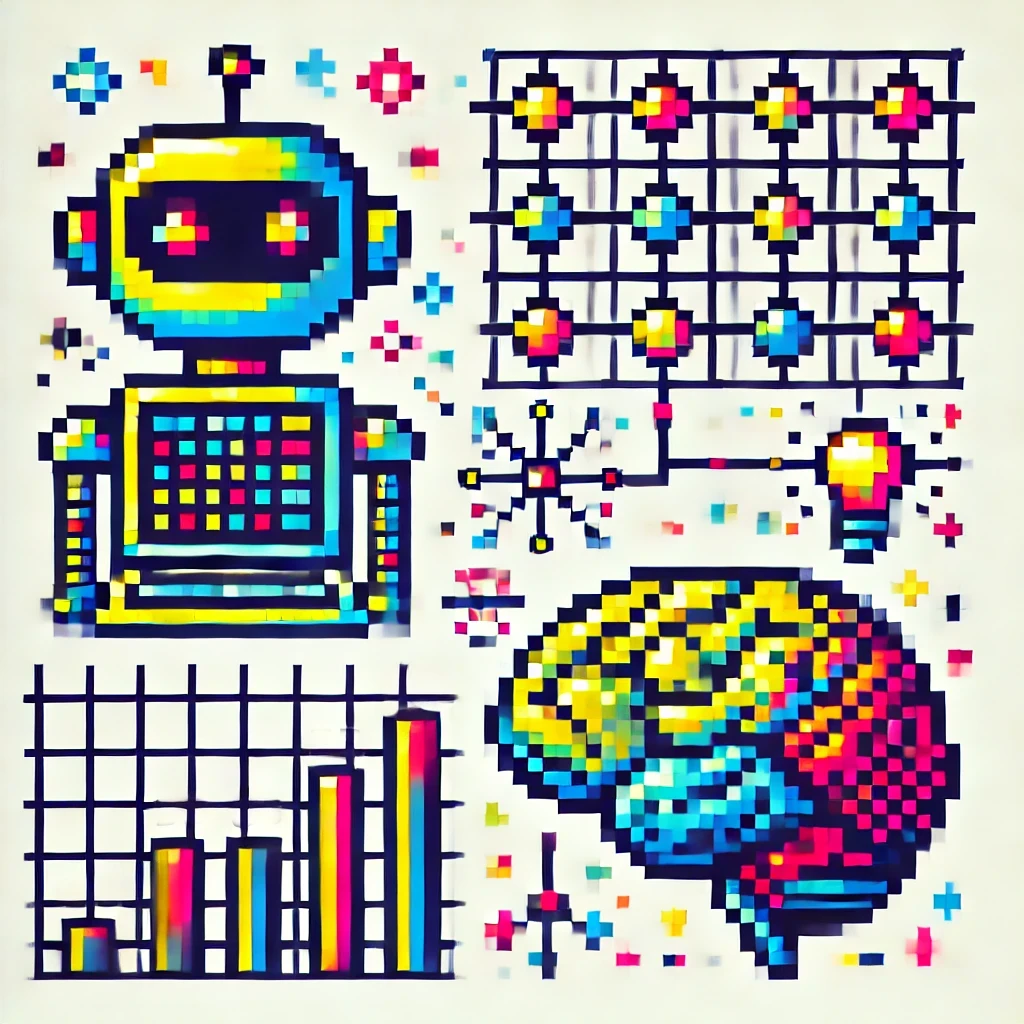Machine Learning
The role of Machine Learning within AI is to enable systems to learn from data and improve their performance without being explicitly programmed.
Machine Learning (ML) is a branch of AI that allows computers to learn from data and improve their performance without needing direct programming for every task. Instead of following fixed instructions, ML models identify patterns, analyse trends, and adapt based on experience.
What is a Machine Learning Model?
A machine learning model is a program that has been trained to recognise patterns in data and make predictions or decisions based on what it has learned.
It acts as a mathematical system that processes input data, applies learned knowledge, and produces an output, such as predicting the next word in a sentence, recognising faces in photos, or recommending videos.

How ML Models Are Created:
- Select a Model – Choose the best type of AI model for the task (e.g., image recognition, language processing).
- Prepare Training Data – Collect and organise relevant data, ensuring it is clean, structured and labelled (supervised learning).
- Train the Model – Feed the data into the AI system so it can learn from examples and recognise patterns.
- Test the Model – Evaluate its accuracy by providing new data and checking how well it performs.
- Modify and Improve – Adjust the model to fix errors, refine its accuracy, and improve results over time.
ML powers applications such as recommendation systems, fraud detection, image recognition, and language translation. The more data an ML model processes, the better it becomes at making accurate predictions and improving efficiency in various fields.
